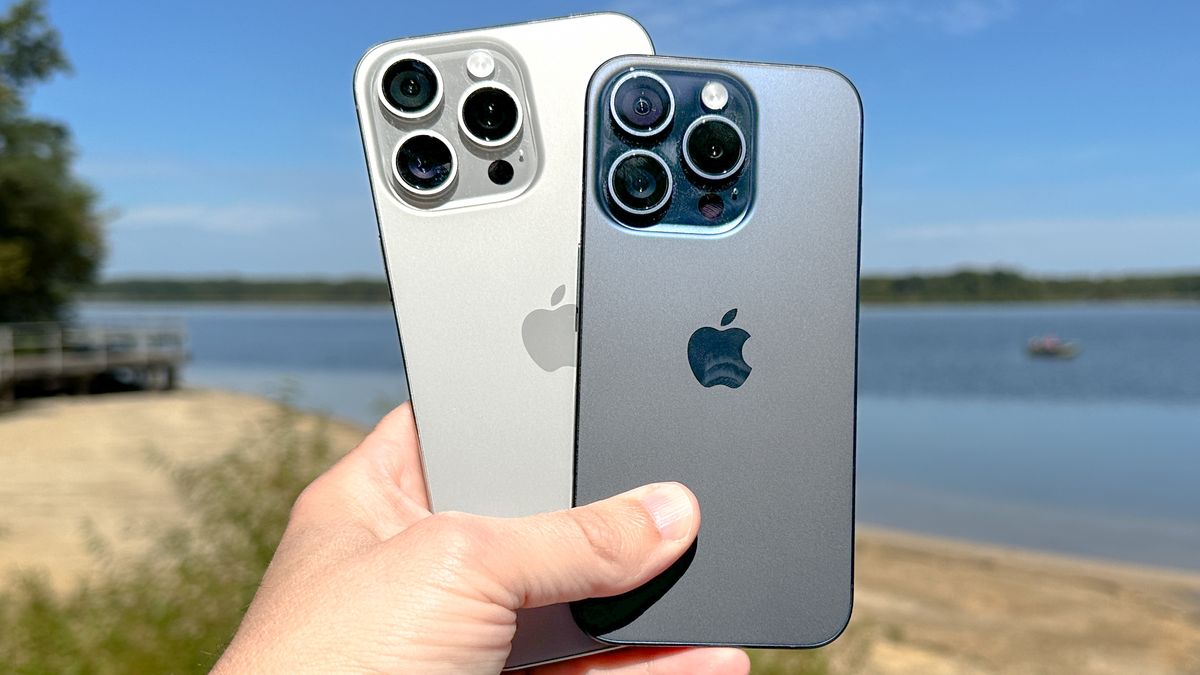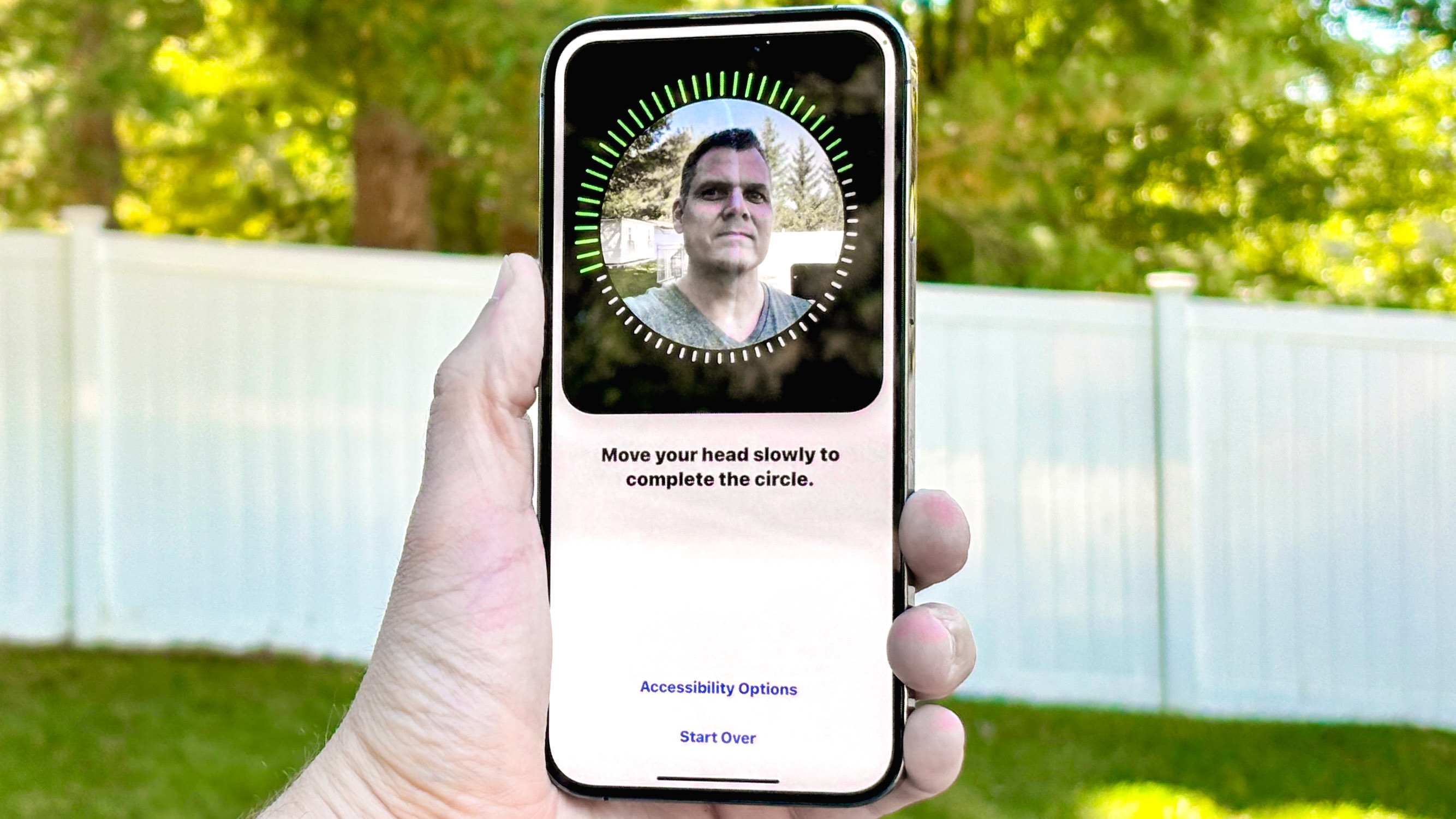The iPhone 16 was the perfect time to bring back this missing feature — Here’s why

As a long-time Apple fan, there’s one design choice the company has made that truly annoys me, and I hoped it would see a return with the upcoming iPhone 16 series. I’m talking about the fingerprint sensor.
You see, I have a bit of an issue with Face ID being the only way to unlock a device, namely that it’s pretty limited. It’s also interesting that Apple is one of the only major phone manufacturers that have, since the iPhone 8, completely dropped the feature. The decision was obviously taken alongside the removal of the home button to give users as much screen as possible with the iPhone X.
In theory that should mean that all smartphones lack the fingerprint sensor, but that isn’t quite true. For instance, I’ve tried several current Android phones, like the RedMagic 9 Pro, that have found a way to keep the feature without encroaching on the screen real estate. As such it is surprising that Apple, a company famous for its innovation, just completely dropped the feature.
What is the issue with Face ID?
My biggest issue with Face ID is that it sometimes just doesn’t recognize me. This can be down to the light reflecting off my glasses, it being too dark or there’s a lot of rain blocking the front lens (I live in the U.K. — we have lots of rain). These problems are hard to solve, especially the rain, as it is just as annoying to try and enter a pin in the rain. This is where Touch ID comes in handy as it is a strong counter against some of these external factors.
Touch ID has another advantage, it’s more effective against AI hacking attempts. Recently there was an issue where the first-ever iOS trojan was stealing facial data to break into bank accounts. However, that doesn’t happen with Touch ID, and requiring a physical component makes it much harder to crack externally. I’m not saying it’s perfect, but arguably having both will always be safer than removing one.
There is the same complaint about the inclusion of a button removing screen real estate. However, there are several ways around this issue, including one recent patent that has Apple placing the sensor on a case. The first is the most obvious, add the buttons to the side or the back of the device like the Google Pixel 5a, or have it on the side. The final option would be to add it under the screen, but I find that under-screen sensors tend to be a bit temperamental and don’t always work.

Touch ID can do more than just offer better security
I have always found it odd that Apple completely removed the feature from its phones, but kept it on the iPad and even introduced it onto the MacBook. It always seems odd that the most portable of Apple’s devices wouldn’t have the same amount of security as the others. Also, I believe that introducing the feature onto the iPhone 16, or even the iPhone 17, would have another advantage.
Plenty of rumors point to the iPhone 16 series not having much of an outward design change to separate it from the iPhone 15 series. Thanks to the focus on AI most of the hardware is at least comparable if not exactly the same. As such, Apple needs to jump on whatever differences it can to try and sell the device to consumers. Adding in fingerprint sensors might not be the biggest change, but at least it’s something!
While it isn’t likely that we’ll see the return of the fingerprint sensor any time soon, it is still something I hope to see in the iPhone 17 at least. It might take a while, but I think Apple will see the light — or the touch, in this case.
While it’s unlikely to have a phone with Touch ID included, we do have a breakdown for the upcoming Apple September event, which will include the iPhone 16, iPhone 16 Pro and the Apple Watch Series 10.
More from Tom’s Guide
Source link


